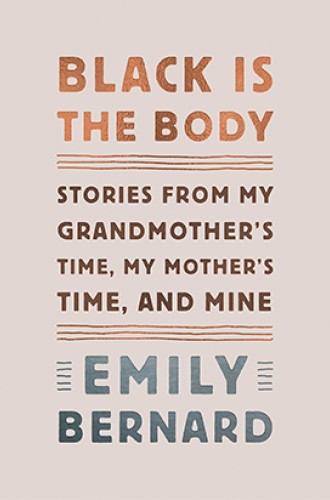The intersection between blackness and whiteness
Emily Bernard’s essays insist that no conversation is about race alone.
Black Is the Body takes place somewhere between a wound and its healing, between the raw material of experience and a finished story, between a history and the identity forged within it. In each of this collection’s beautifully crafted essays, Emily Bernard claims the powerful choices made in the spaces between. She dispels any notion that story, identity, or healing simply spring forth on their own.
In fact, Bernard makes clear that the work of telling our stories and embodying our identities is always done in conversation with other stories and other bodies. In an essay on her marriage, for example, she describes a moment when her white fiancé changes a flat tire as she and her black family stand anxiously by the side of the road. Fitting this moment into larger narratives, she traces her family’s anxiety back, remembering her parents’ need to stop in places they knew would be safe throughout her childhood. She sets those memories within the longer history of dangers faced by black people on the road.
Bernard names the varieties of experience in that roadside moment as “the difference between living white and living black in America.” She concludes, “I see the difference. Mostly, I despise it. But my belief that difference can engender pleasure as well as pain made it possible for me to marry a white man.”






